For the first-time uninterruptible power supply (UPS) buyer, the wide range of technology choices can be overwhelming. However, a careful evaluation of the application requirements can help specify and determine which UPS is most appropriate.
There are three (3) main UPS topology and each offers specific advantages which tend to be application-driven-in order to match customers’ present and future needs.
Below is a simple way to help you choose which type of UPS matches the level of protection you need and their peculiarities.
Offline UPS
As the name implies, it cannot be monitored if there is outage. The inverter / converter must be turned ON in order to make the battery power available to the load.
The switch-overtime may be a problem to some PCs and servers. It requires stable sources, frequency and phase shift to the load.
When frequency and phase shift varies the load is transferred to battery which makes the UPS cycles on to battery operation repetitively hence shortening battery life.
In terms of protection off-line UPS rate very low and it should be used only when less critical load and cost is considered.

Line Interactive UPS –
Line Interactive UPS’s are most effective against common power problems and offer a degree of protection against other power problems. Some of the damages you risk by not using a Line Interactive UPS include premature hardware failure, data loss and corruption, data error, keyboard lockup, storage loss, and system lockup. Series 5 UPSs are recommended for small network systems – all the way up to enterprise networking environments
In line-interactive UPS the transfer is often quicker than off-line. This makes it a good choice for applications where a constant source of clean power and back-up to power failures are critical.

On-Line UPS – Protection against problems
Conventional double-conversion UPS rectify the input supply, boost the voltage to fix DC level and store the energy in a hold up DC capacitors, which handles large drops in supply voltage while continuing to provide regulated, stable output voltage and frequency without using the battery.
In the event of power outage, the UPS inverter continues to operate as it did before the power failure. The rectifier simply shuts down and the battery supplies now the power booster, instead of mains supply as before.

Summary
On-line UPS have zero transfer time because the inverter is always supporting the load, while line interactive UPS has a transfer time of about 5 nano seconds (ns) to switch to battery back-up mode. On Line UPSs protect against most common power problems. Our comprehensive protection minimizes the opportunity for component stress, burned circuit boards, data crashes and pro- gram failures.




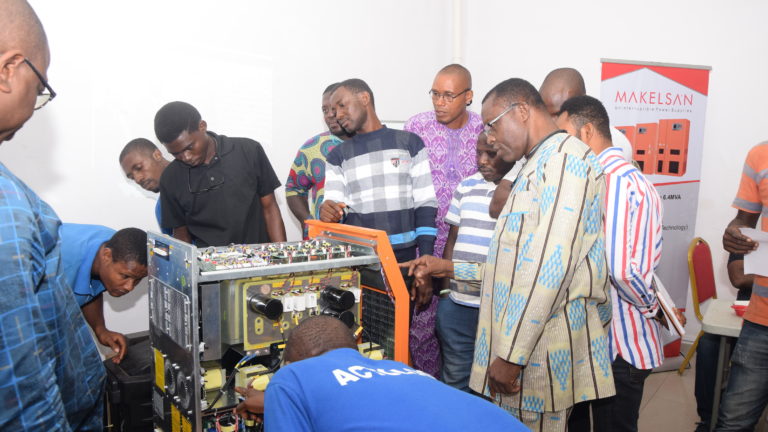
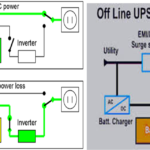
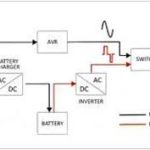
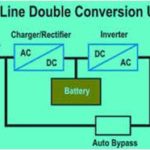

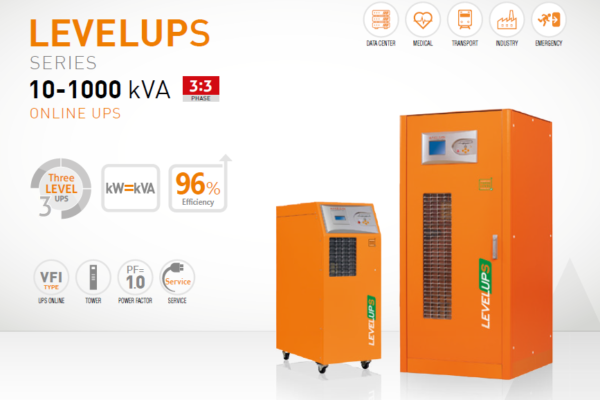

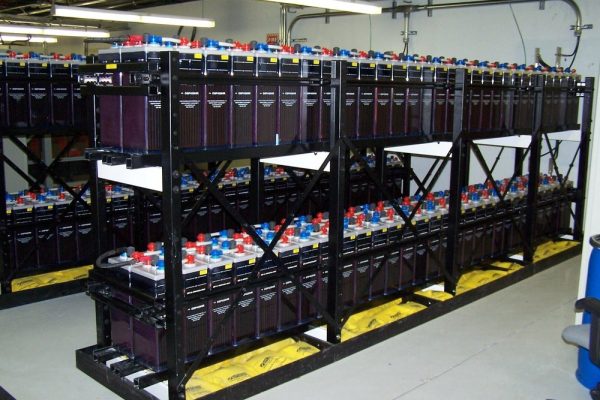
Thank you for another informative blog. Where else could I get that kind of info written in such a perfect way? I’ve a project that I am just now working on, and I have been on the look out for such information.
This is the proper weblog for anybody who needs to search out out about this topic. You understand a lot its virtually laborious to argue with you (not that I truly would need匟aHa). You definitely put a new spin on a subject thats been written about for years. Great stuff, just great!